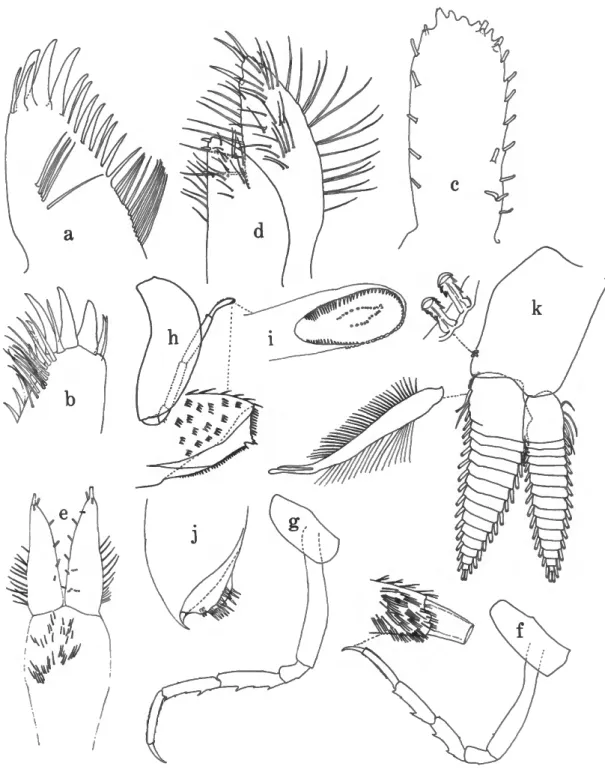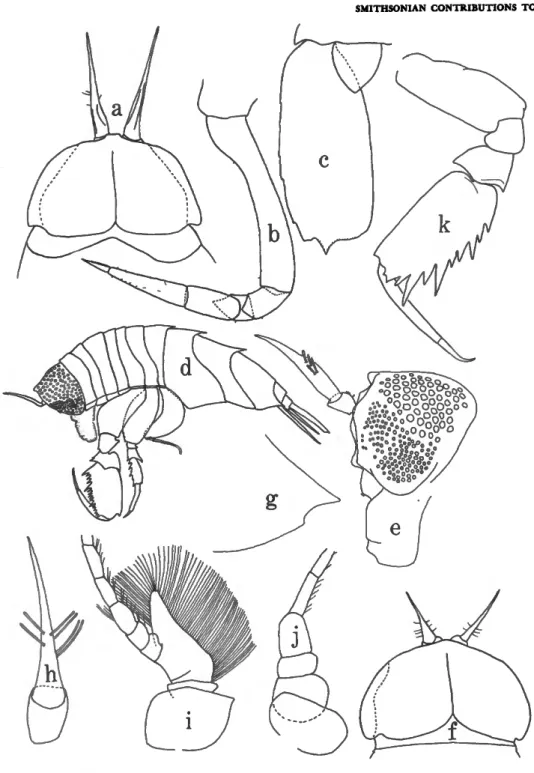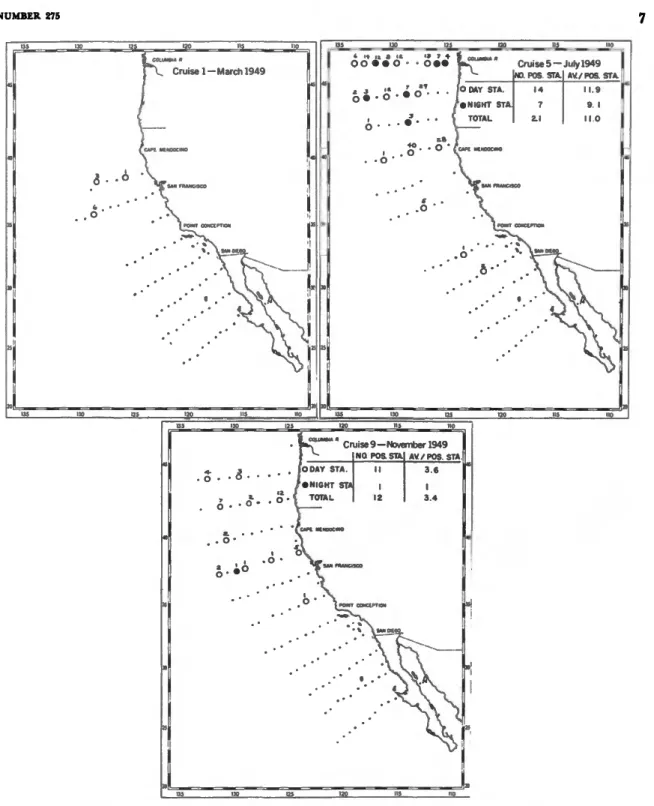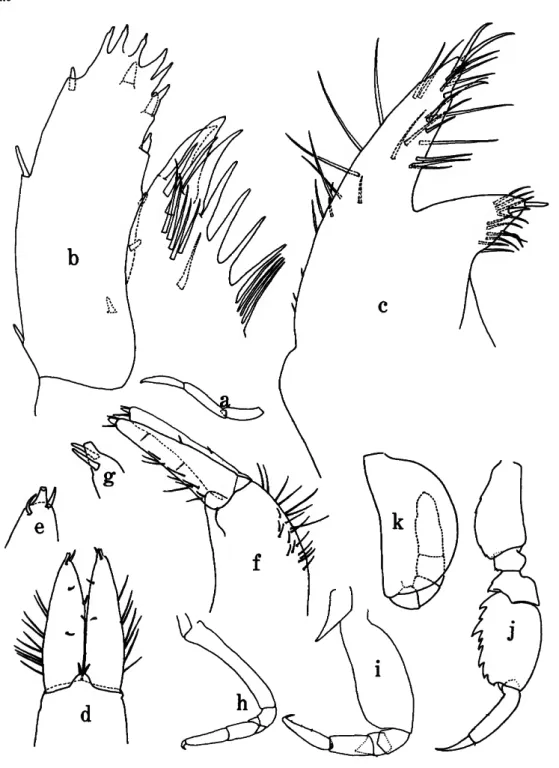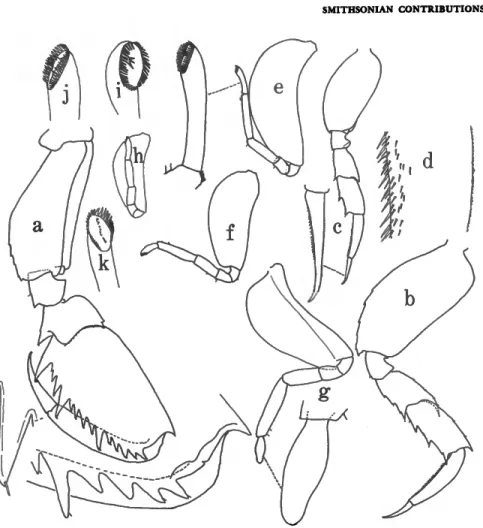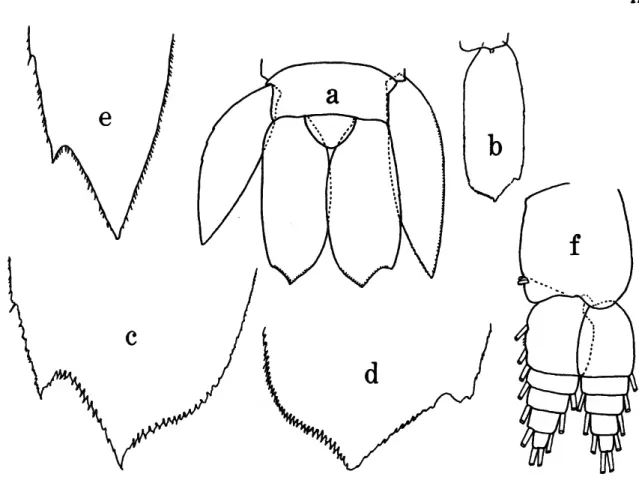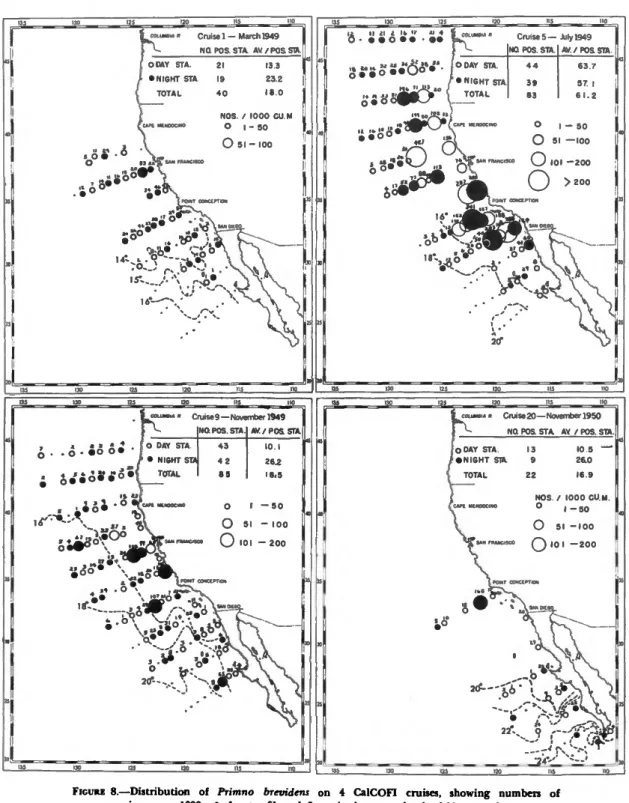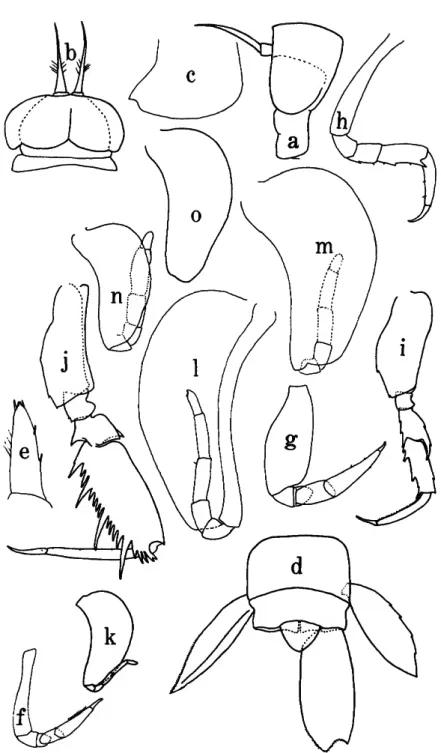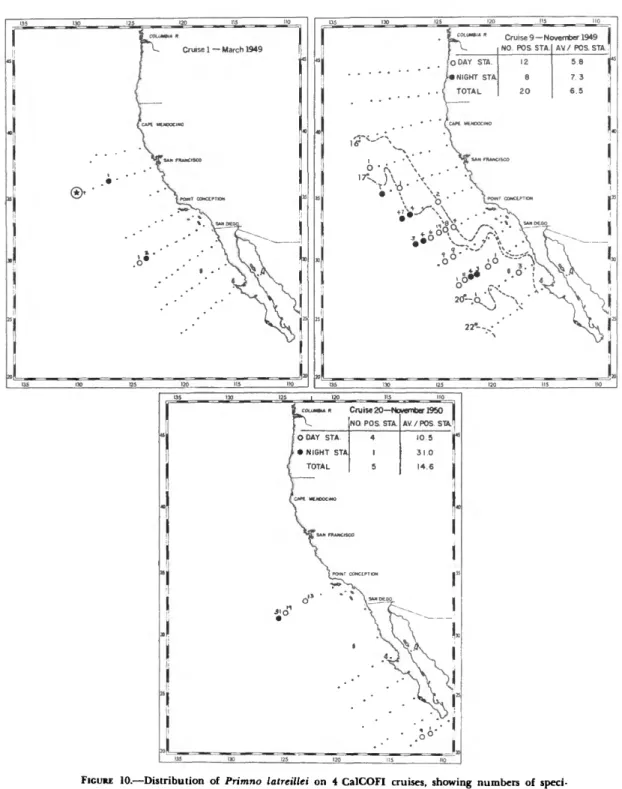Guerin changed his name to Gue>in-M£neville, and both versions are cited in the zoological literature without regard to the date of the change. In addition to these 5 major collections, I have examined specimens in collections of the Smithsonian Institution from various localities. Despite these shortcomings, the present revision is offered as a step towards a better understanding of the taxonomy and distribution of the species of Primno, now obscured by the long 1.
Of the 4 species of Primno that I could distinguish, one, which corresponds in body length and structure of pereopod 5 to Guerin-M^neville's version, appears to be P. In the majority of these references it is impossible to determine which of the 4 species is being referred to; therefore, accurate and complete synonyms cannot be given here. REMARKS.—The large size, short proximal teeth on the carpus of pereopod 5, and the spinulous margins of the propus of pereopod 6 make identification of P .
None of the other species grow longer than 9mm, and most are considerably shorter. The Smithsonian Institution collections include a 9 from Eltanin station 138, north of the South Shetland Islands (c. 62°S, 61°W). In addition to its occurrence in the CalCOFI area (discussed below), I have also identified it in collections from the Ombango in the southeastern Gulf of Guinea.
Therefore, at least during the day, a large part of the population was below the sampled depth. Stebbing's description and illustrations are based almost entirely on two immature syntypes of o" and most of the information provided is of little help at the specific level. In addition to its occurrence in the CalCOFI field (discussed below), I have identified in the Ombanga collections in southeastern Guinea gulf and in the collections of the Hebrew University of Jerusalem in the Eastern Mediterranean and the Red Sea.
I have had available only the Beebe Bermuda material (Shoemaker, 1945) in the collections of the Smithsonian Institution, and a large series of the SOND Cruise, 1965, kindly lent to me by Dr. PARASITES. - In 4 of 8 Midgut examinations there were one to many unidentified gregarines. GLANDS. In all Primno species, a conspicuous gland occupies most of the base of pereopod 2.
An efferent duct runs from the central vesicle" through the distal segments and opens at the tip of the dactyl. Glands have been reported from the pereopod 1 base of several members of the gammarid family Lysianassidae, e.g. Eucallisoma glandulosa Barnard,. In Vibilia , Laval (1963) observed that toward the end of the incubation period of about 20 days, the larvae begin to move around the marsupial.
Other studies of the vertical distribution of Primna have been summarized by Thurston (1976) and need not be discussed here.
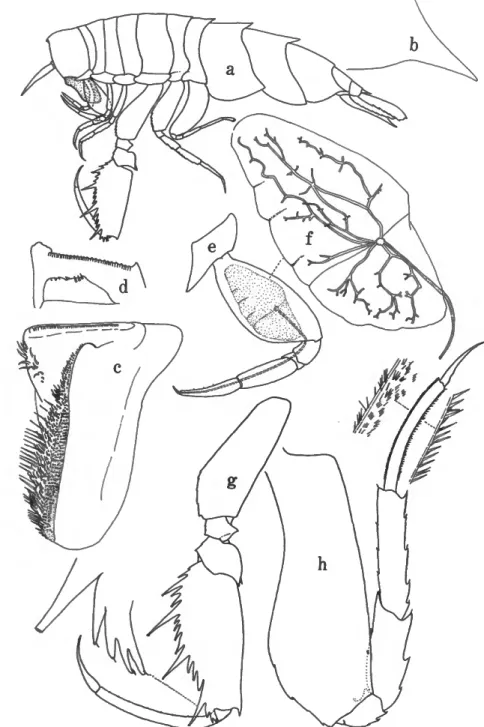
Literature Cited
Plankton of Australian Coastal Waters in New South Wales, Part I. University of Sydney Department of Zoology Publications, 1:1-215, sheets 1-4. Siphonophores and their commensals in the Indian Ocean. Oceanic and Bathypelagic Plankton of the Northeast Atlantic and Its Potential Importance to Fisheries. Distribution and abundance of Pelagic Amphipoda in the Arabian Sea, Java Sea and Indian Ocean with notes on their contribution to the total zooplankton.
Gumaacha beekumsa amfipoodota Galaana Diimaa, 13: Meeshaalee Ghardaqaa fi Galoo Galaana Aqabaa irraa walitti qabaman. Raabsa dhaabbataa fi godaansa guyyaa Crustacea Amphipoda yeroo SON Cruise walitti qabame, 1965, II: The Hyperiidea and General Discussion. Tarree saayimenii qurxummii kuusaa Muuziyeemii Biriteen keessatti, viii + fuula 143.
Manuscripts intended for serial publication receive substantive review within their original Smithsonian museums or offices and are submitted to the Smithsonian Institution Press with approval of the appropriate museum authority on Form SI-36. Review of manuscripts and art by the Press for requirements of serial format and style, completeness and clarity of copy, and arrangement of all materials, as set forth below, will, at the Press's discretion, govern acceptance or rejection of the manuscripts and art. . Front page (before the text) should include: title page with only title and author and no other information, abstract page with author/title/series/etc., according to the established format, table of contents with indentations reflecting the headings and structure of the paper.
The first page of text should include the title and author at the top of the page and an unnumbered footnote at the bottom, consisting of the author's name and professional mailing address. Formal tables (numbered, with table headings, boxheads, stubs, lines) should be submitted as camera copy, but the author should contact the Series Section of the Press for editorial attention and preparation assistance before final typing of this matter. Synonymy in the zoology and paleobiology series must use the short form (taxon, author, year page), with a full reference at the end of the article under "Literature Cited."
Footnotes, if few, whether footnotes or bibliographical, should be typed at the bottom of the text page on which the reference appears. If bibliographic notes are required, use the short form (author/short title/page) with full reference in the bibliography. Use the colon and parenthesis system for range/number/page references. For the alignment and arrangement of elements, consider the format of the series for which the manuscript is intended.
Legends for illustrations should not be attached to the art or included within the text, but should be submitted at the end of the manuscript - with as many legends typed, double-spaced, on one page as appropriate. Keys to each symbol within an illustration should appear in the art and not in the legend.
